Load Cells Vehicle
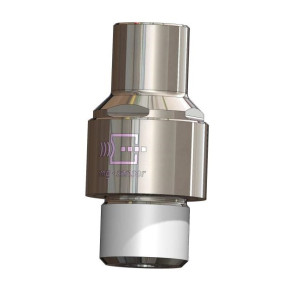
3 axis steering column load cell
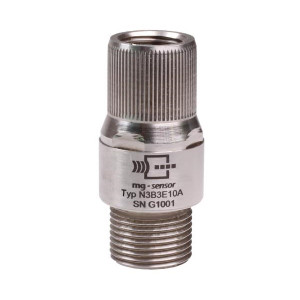
3 axis steering column loadcell

3 axis steering column loadcell
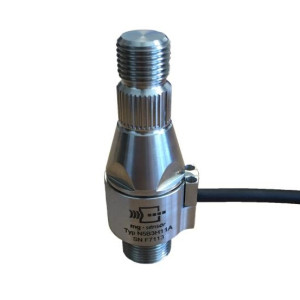
5 axis steering column loadcell

Seat pan load cell 3 axis
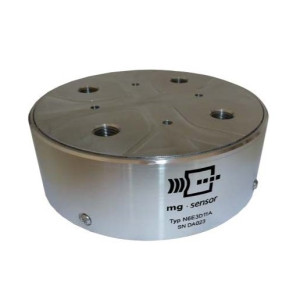
Seat pan load cell 6 axis
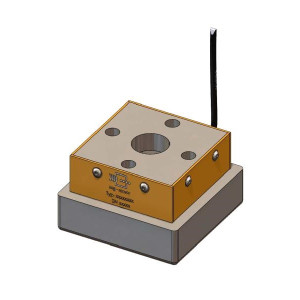
Seat pan load cell 6 axis
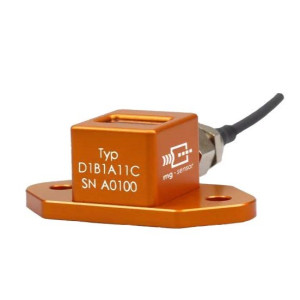
Belt Displacement Sensor
Learn about load cells in vehicles, their types, accuracy, and maintenance requirements for automotive testing and safety applications.
A load cell is a transducer used to convert a force into an electrical signal. This conversion helps in measuring the force exerted on components of a vehicle, such as the seat pan and steering column, providing crucial data for safety tests and quality controls.
There are three main types of load cells utilised in vehicle testing: hydraulic, pneumatic, and strain gauge. Hydraulic load cells operate by measuring the fluid pressure created by a force. Pneumatic load cells use air pressure to gauge the force, while strain gauge load cells measure the deformation occurring within the device due to the force applied.
Vehicle load cells typically offer high accuracy, commonly around 1% of the full scale, making them reliable for precise measurements. Their performance can be influenced by factors such as temperature fluctuations and other external forces, which is why they are often paired with a full bridge circuit to compensate for such variables.
Yes, vehicle load cells can be maintained and repaired to ensure longevity and accurate performance. Regular calibration and conditioned storage are vital for preserving their sensitivity and accuracy. Specialised technicians usually handle the servicing, which involves checking the strain gauges and electrical connections, and recalibrating the cells as needed.